The hawk 250 dual sport motorcyle comes with a tamper proof carburetor. I have a blog post on how you can drill out the screws and modify your stock Carburetor but it's a lot easier to purchsde the better hawk 250 carburetor on the market and they make it easy to swap out jets and clean it.
Hawk 250 RPS Carburetor, Jets & Sparkplugs for Sale
Hawk 250 Carburetors and Jet Kits
Product List
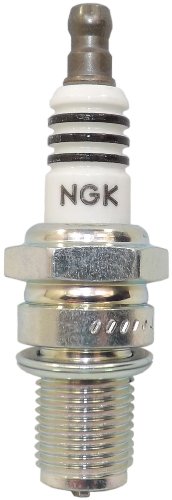
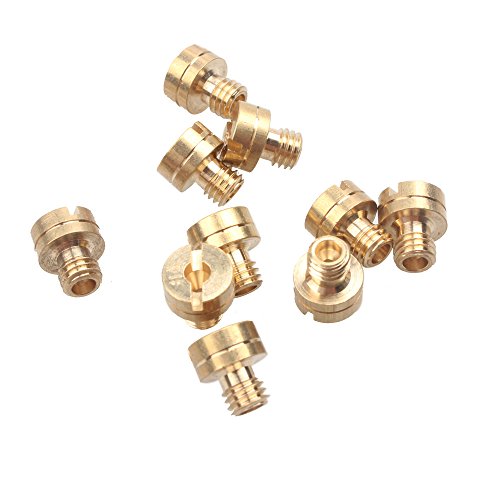
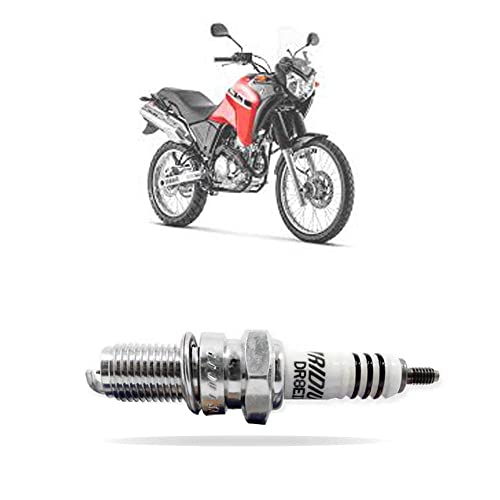
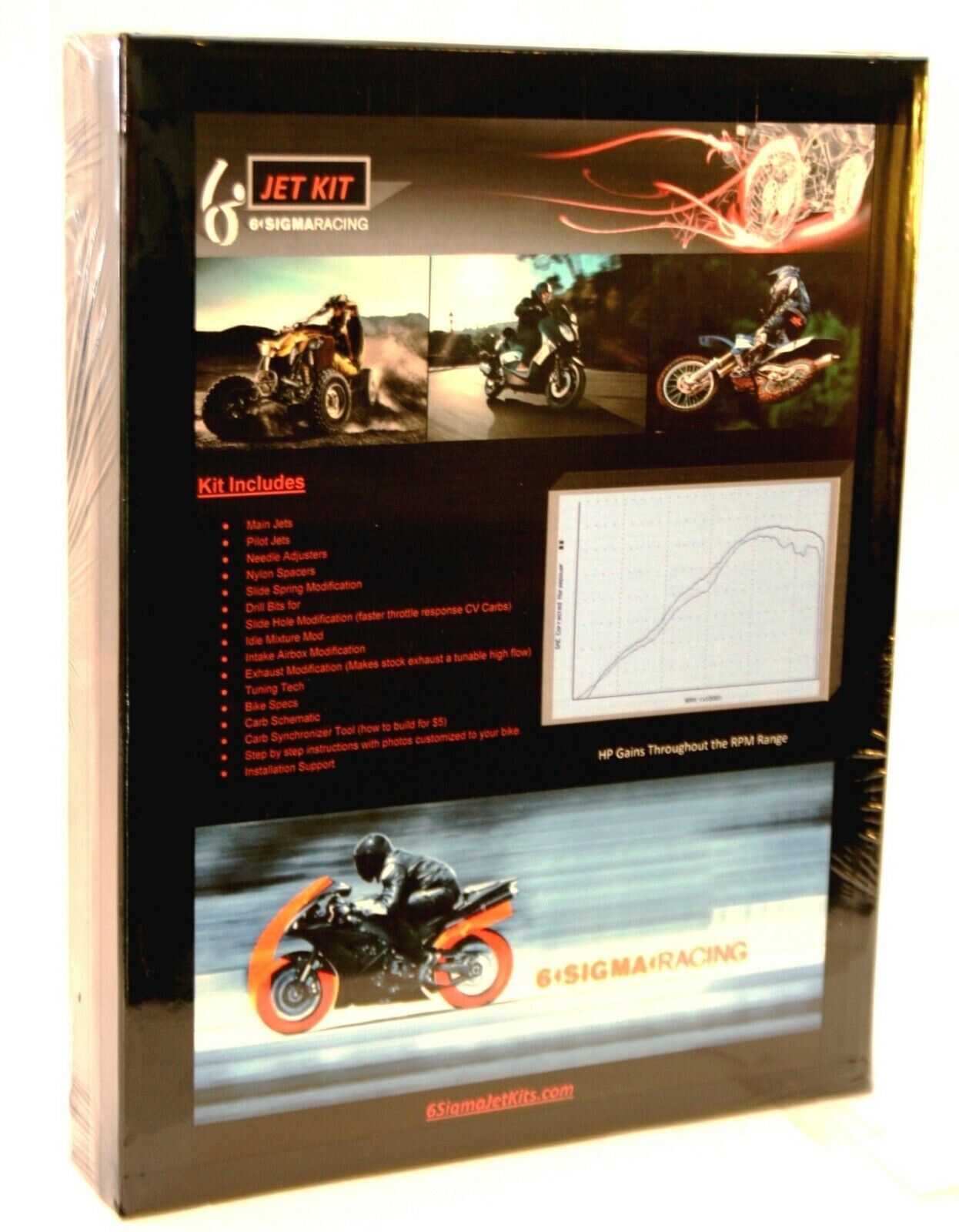
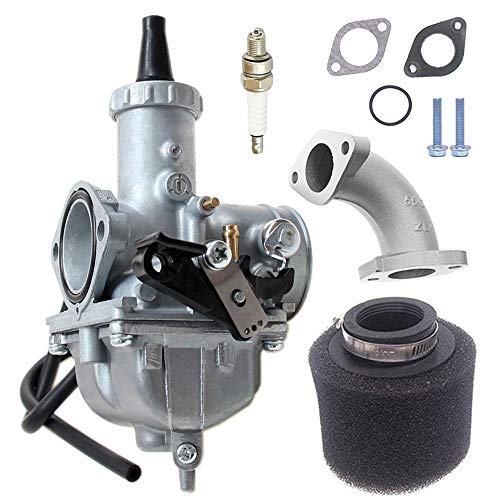
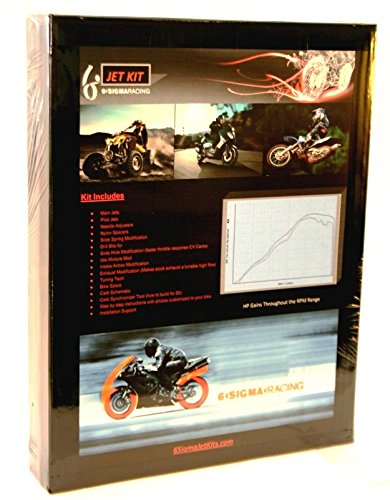
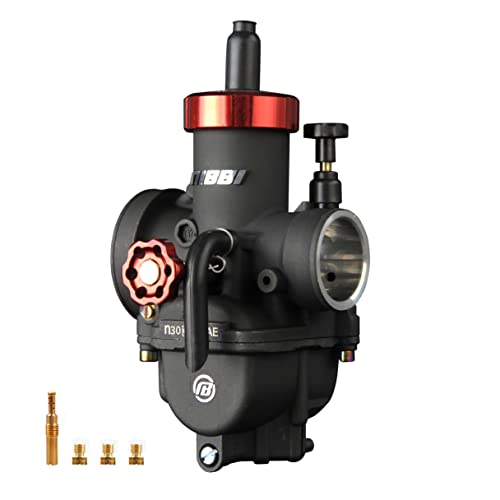
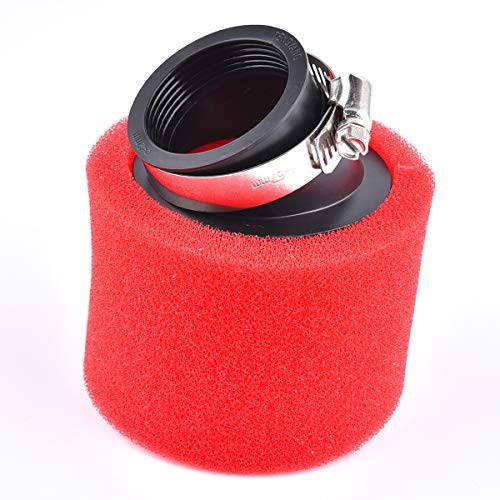
The carburetor is a critical component in many motorcycles, including the Hawk 250, and it plays a pivotal role in the combustion process. Here's a breakdown of how the carburetor works on the Hawk 250 and a brief discussion on jet sizes.
How the Carburetor Works:
-
Air Intake:
- As the throttle is opened, air is drawn into the carburetor.
-
Fuel Mixing:
- The carburetor's main responsibility is to mix this incoming air with fuel in the correct ratio for combustion. This is done using various jets and passages.
-
Venturi Effect:
- The central part of the carburetor contains a narrowed section called the venturi. As air passes through this narrow section, its speed increases, and its pressure drops.
- This low pressure draws fuel from the carburetor bowl through the main jet, mixing it with the incoming air.
-
Throttle Control:
- The amount of air and fuel mixture entering the engine is controlled by the throttle valve. When the throttle is opened wider, more air-fuel mixture is allowed into the engine, increasing the power and speed.
-
Idle & Low-Speed Running:
- When the motorcycle is idling or running at low speeds, the pilot (or idle) jet controls the fuel flow. This jet provides the necessary fuel for the engine to run smoothly when the throttle is barely open.
-
Choke System:
- For cold starts, the choke system can be engaged. This restricts the amount of air entering the carburetor, enriching the fuel mixture, which aids in starting the engine when it's cold.
Jet Sizes & Their Importance:
Carburetor jets are essentially small nozzles through which fuel flows. The size of these jets affects the amount of fuel that's mixed with the incoming air.
-
Main Jet:
- Controls fuel flow when the throttle is more than halfway open.
- A larger main jet allows more fuel, which can be beneficial for higher RPMs but might result in a rich mixture at mid-range RPMs.
-
Pilot (Idle) Jet:
- Controls the fuel flow when the throttle is up to half open.
- If your bike struggles to idle or hesitates at low RPMs, you might need to consider changing the size of the pilot jet.
-
Jetting Adjustments:
- Jet sizes might need to be adjusted based on various factors like altitude, temperature, and modifications to the bike (like a new exhaust).
- If the mixture is too rich (too much fuel), it can foul the spark plug and result in poor fuel economy. If it's too lean (not enough fuel), it can cause the engine to overheat or run erratically.